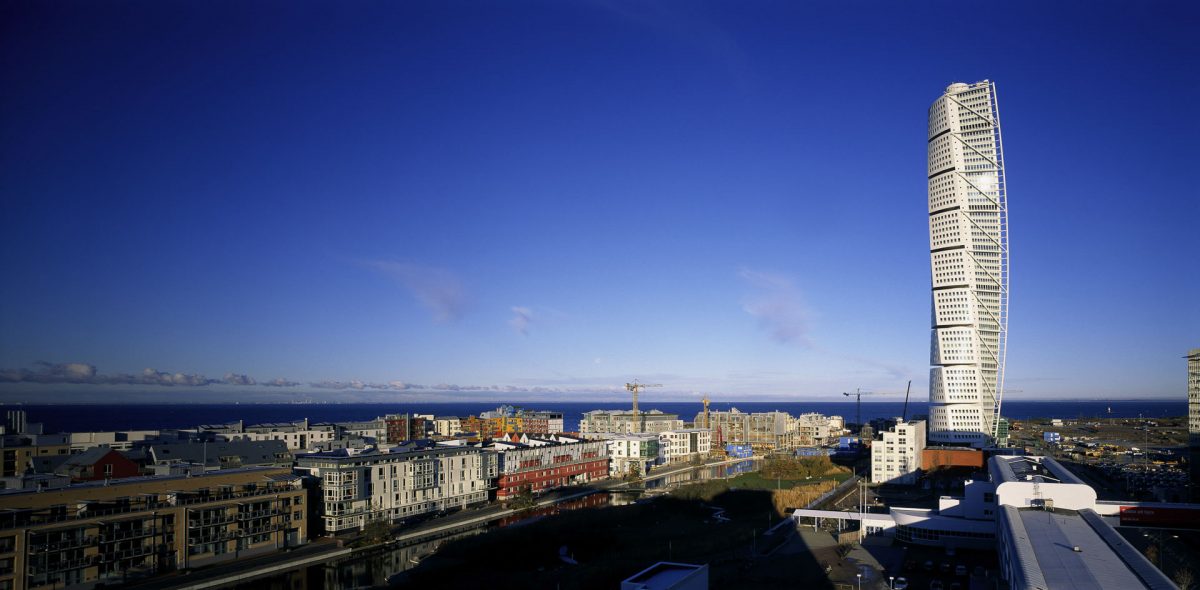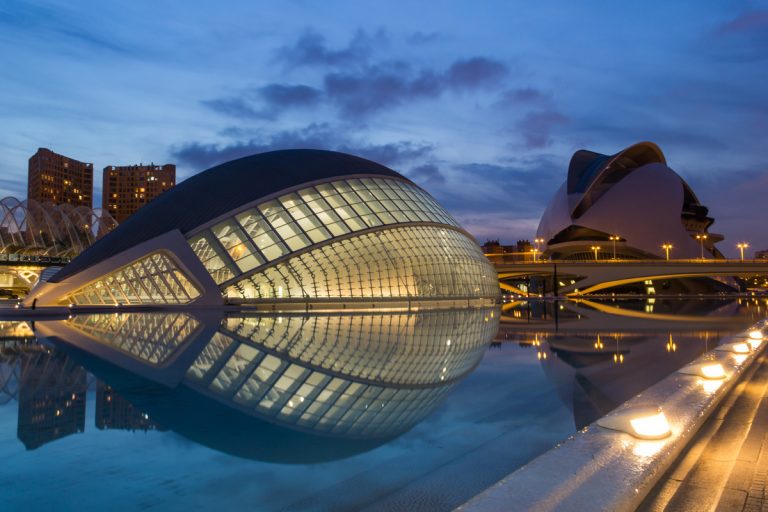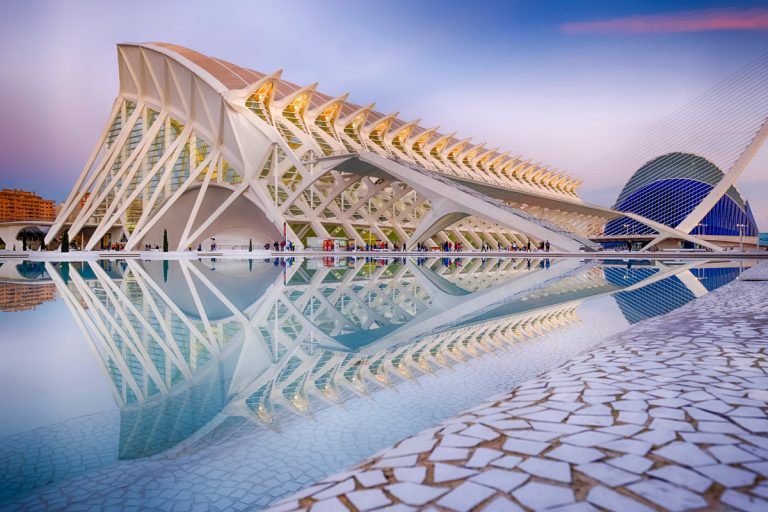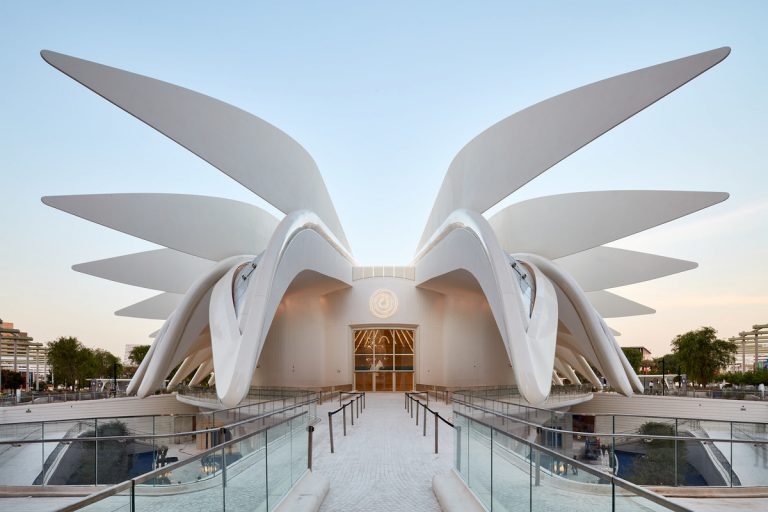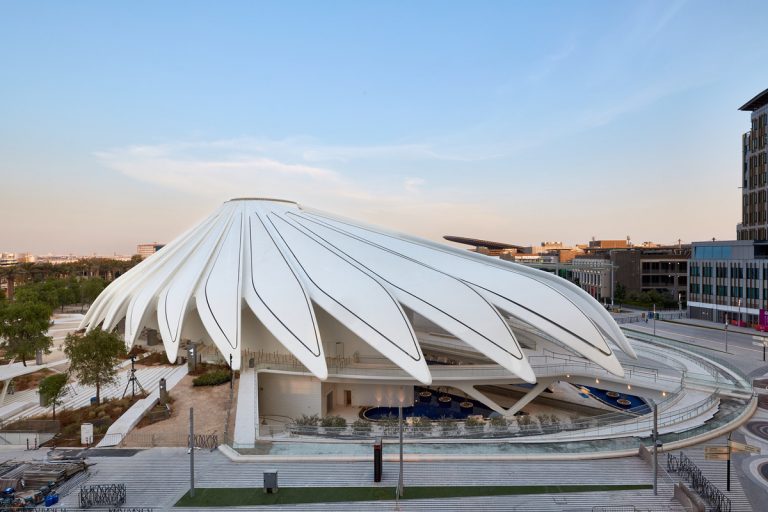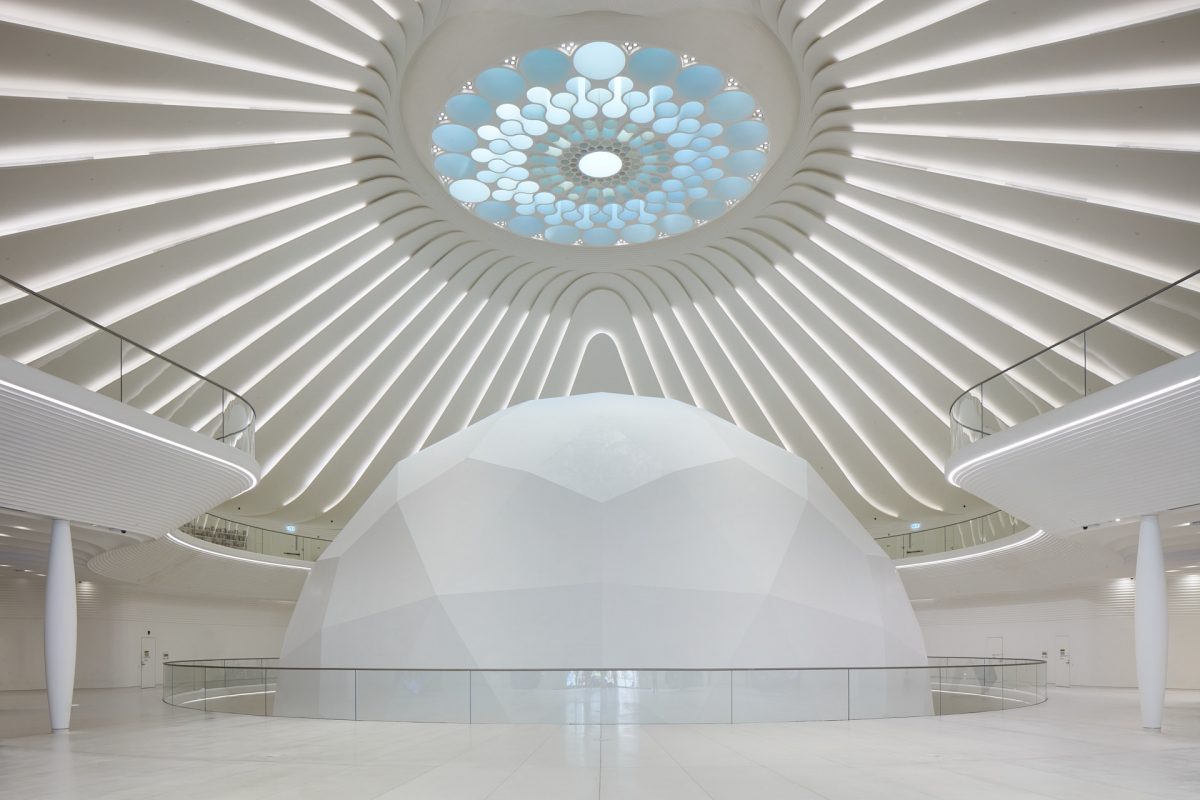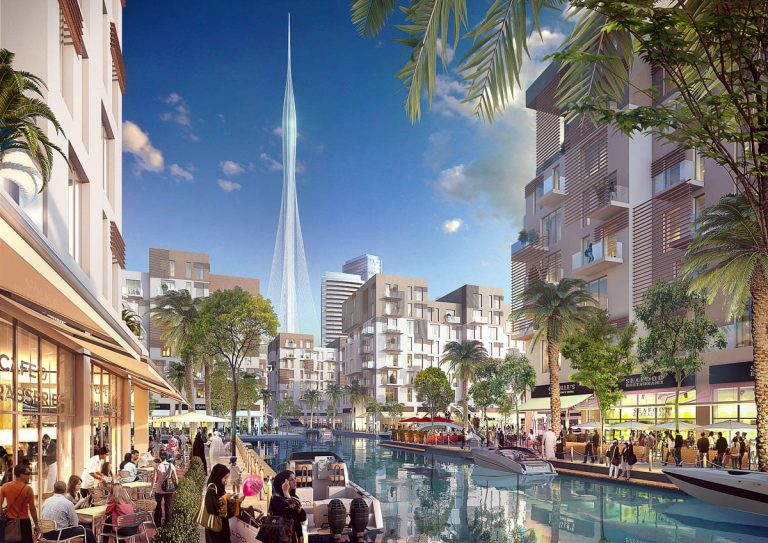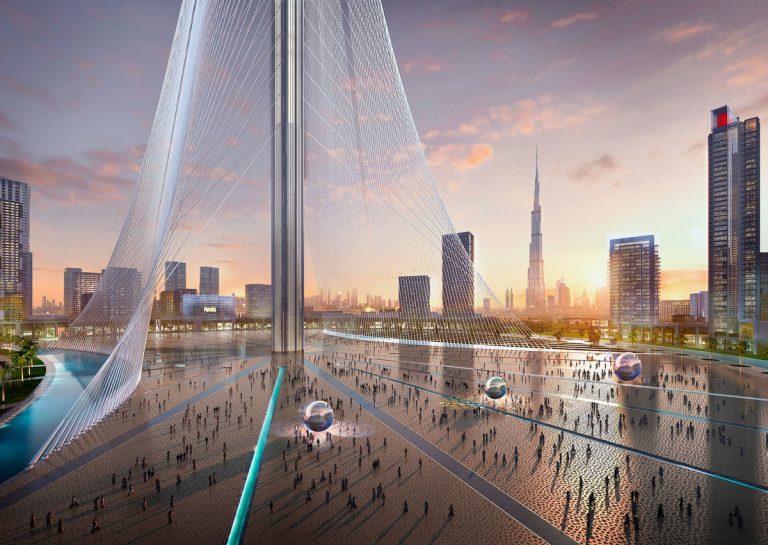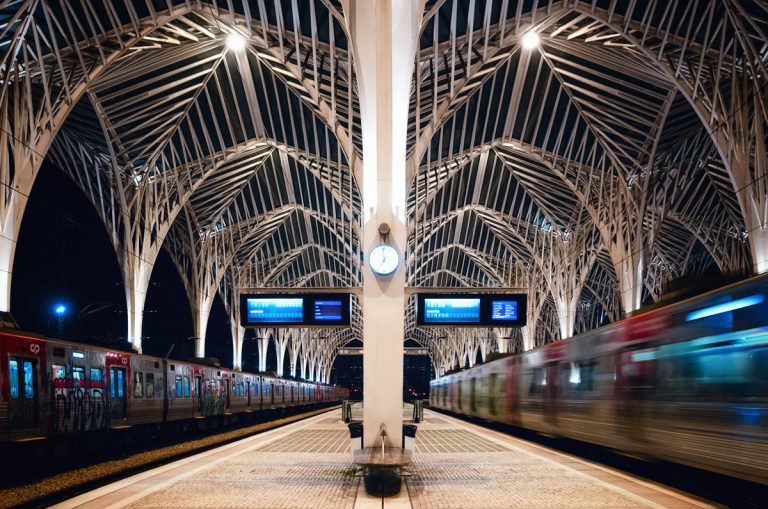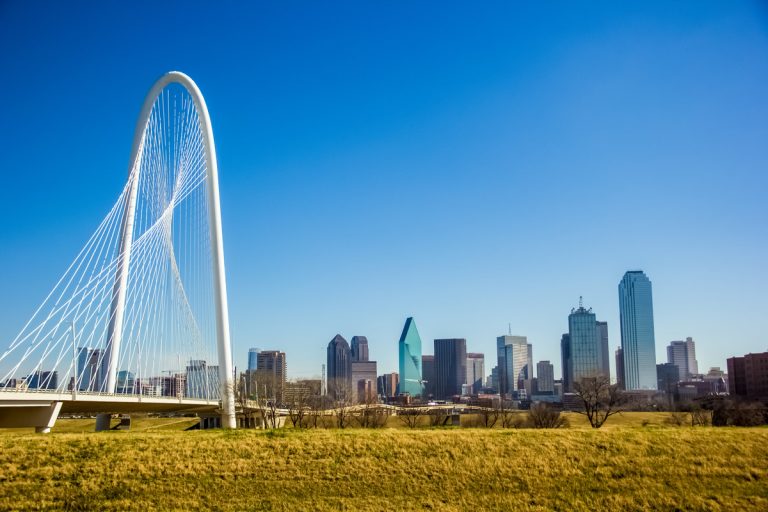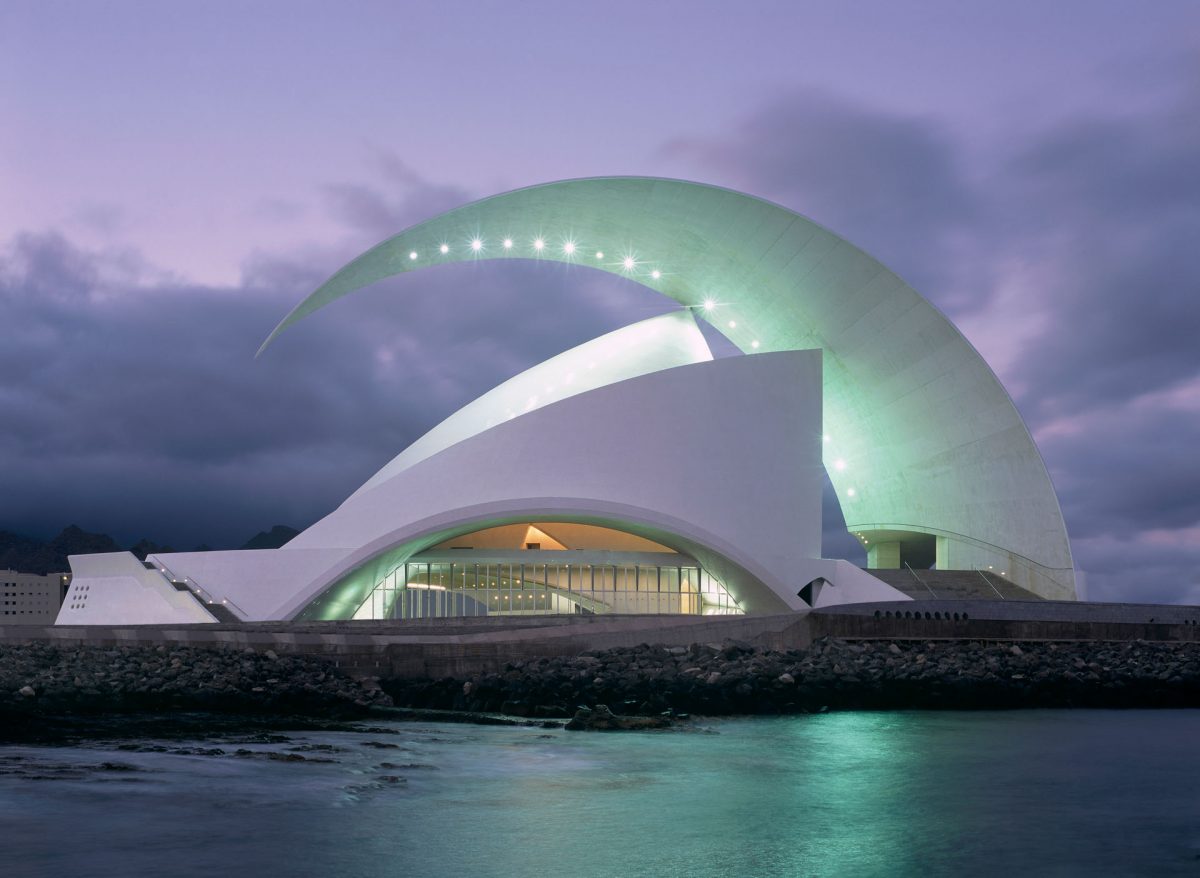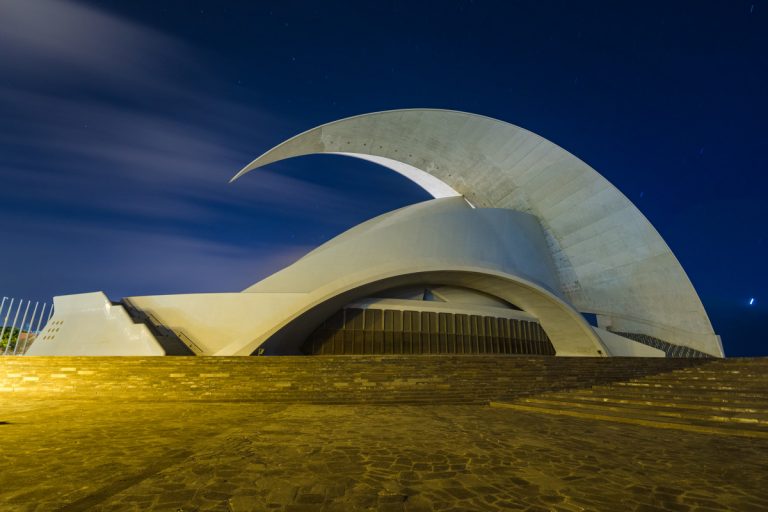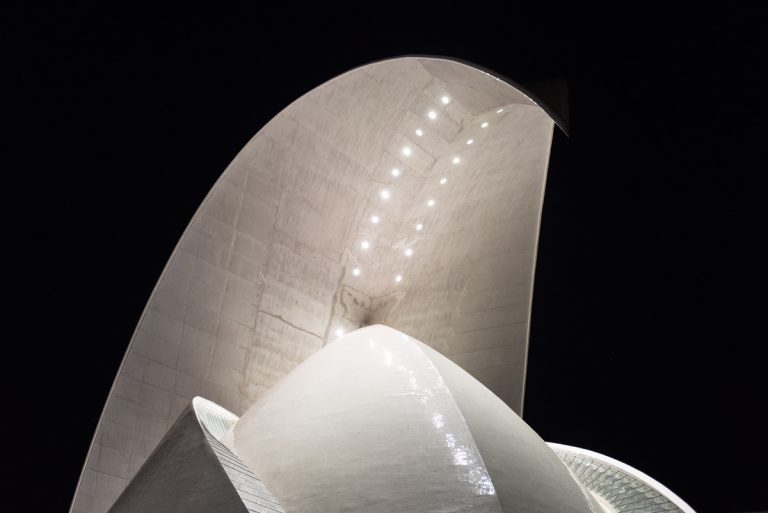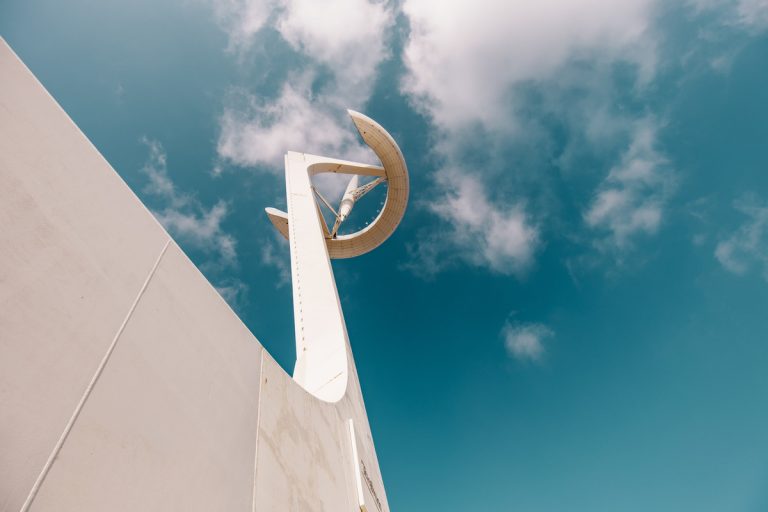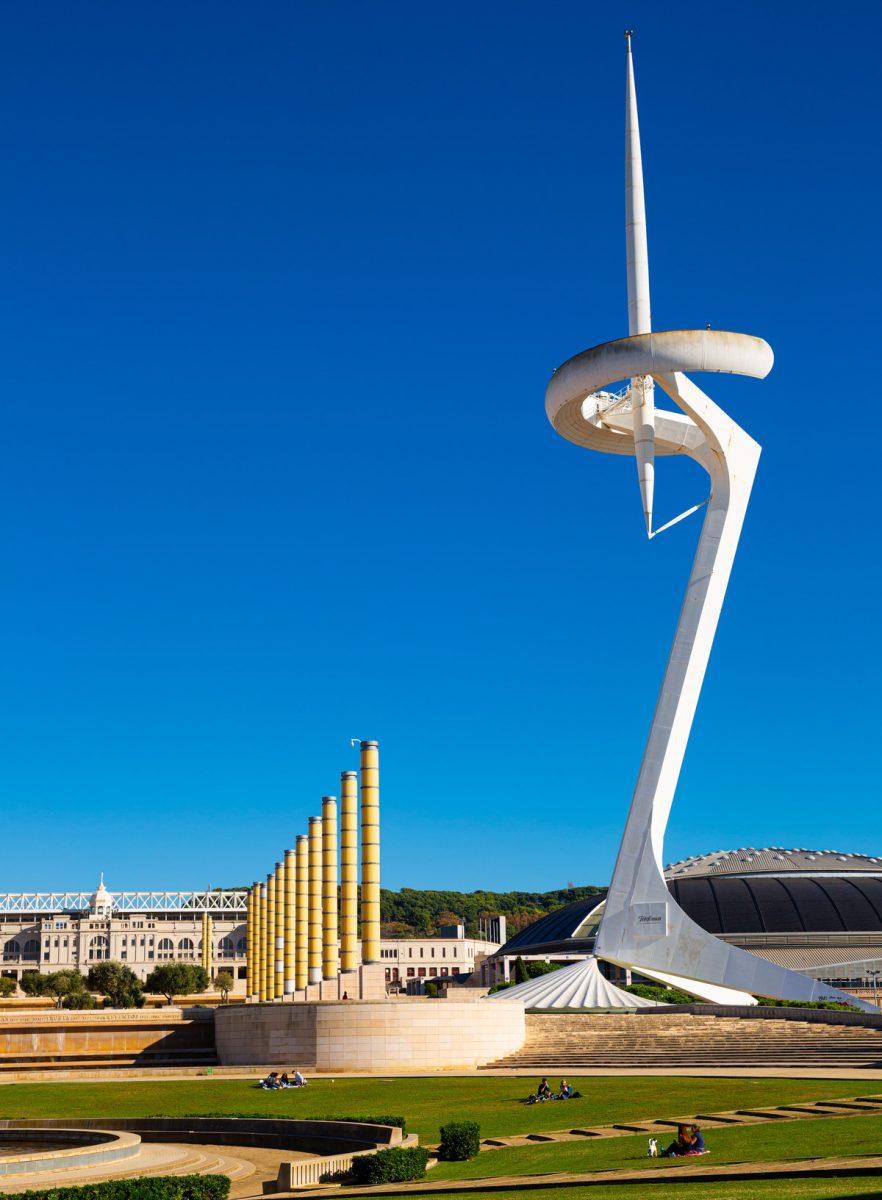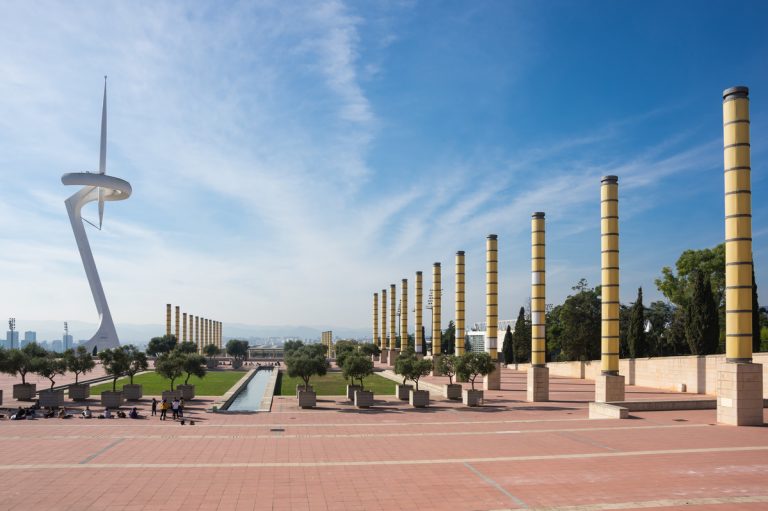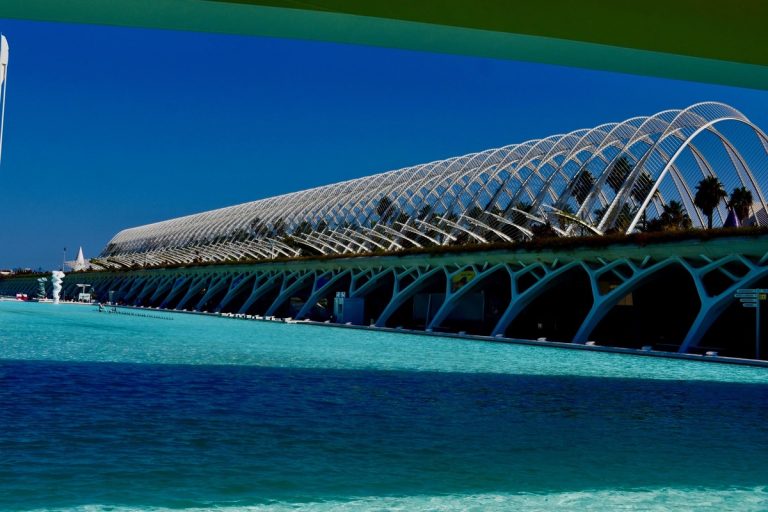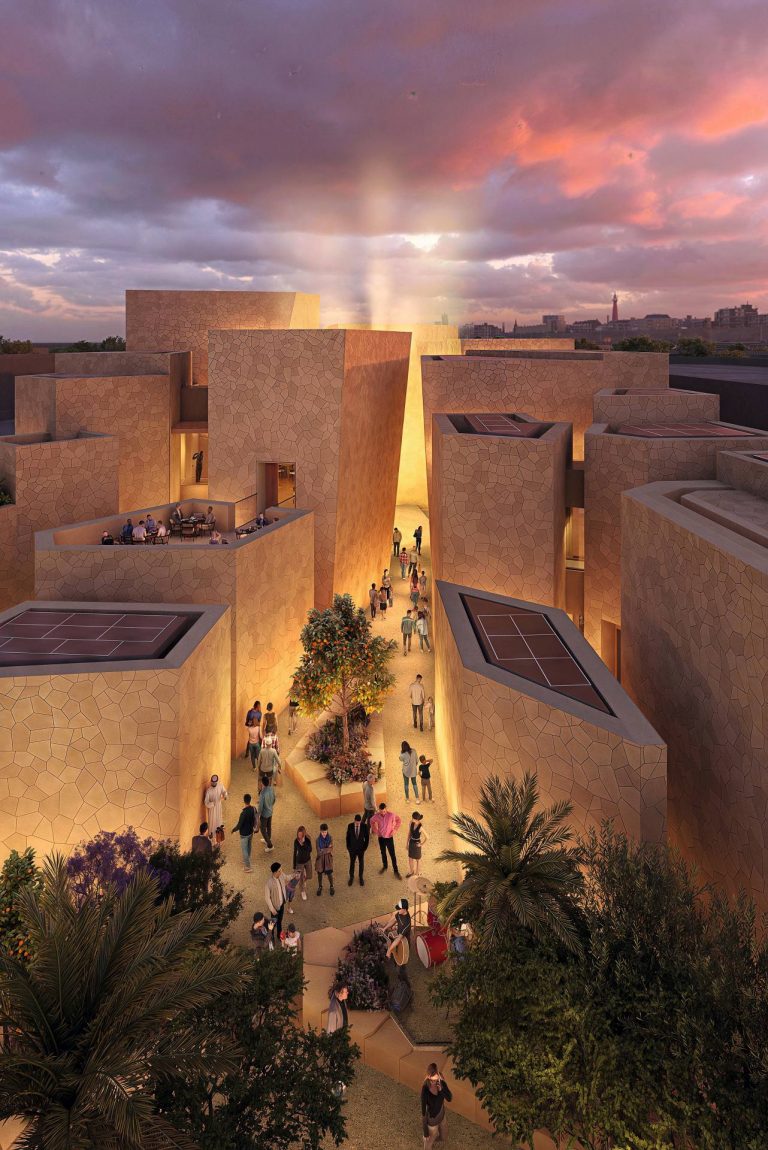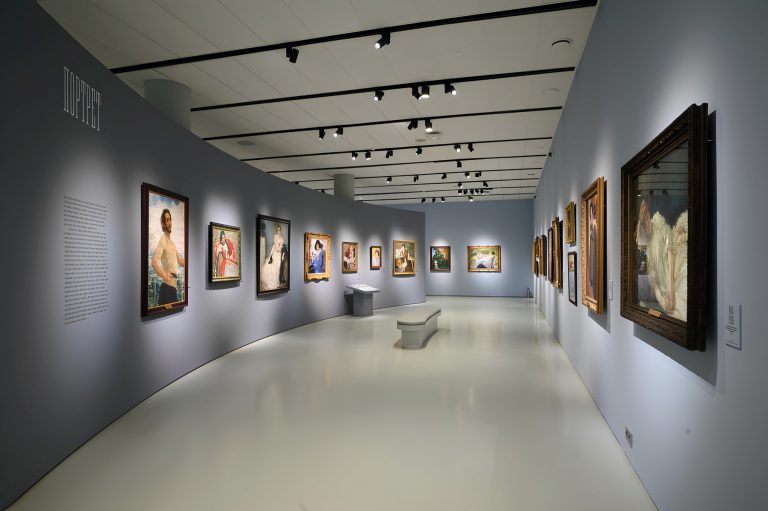If you choose the most popular architect of our time, by a wide margin, it will be Santiago Calatrava. He is associated with the most striking architectural skyrockets and the loudest construction scandals of the 21st century. Critics can’t decide: is he a brilliant artist working for the future, or a craftsman skillfully mastering billions of dollars?
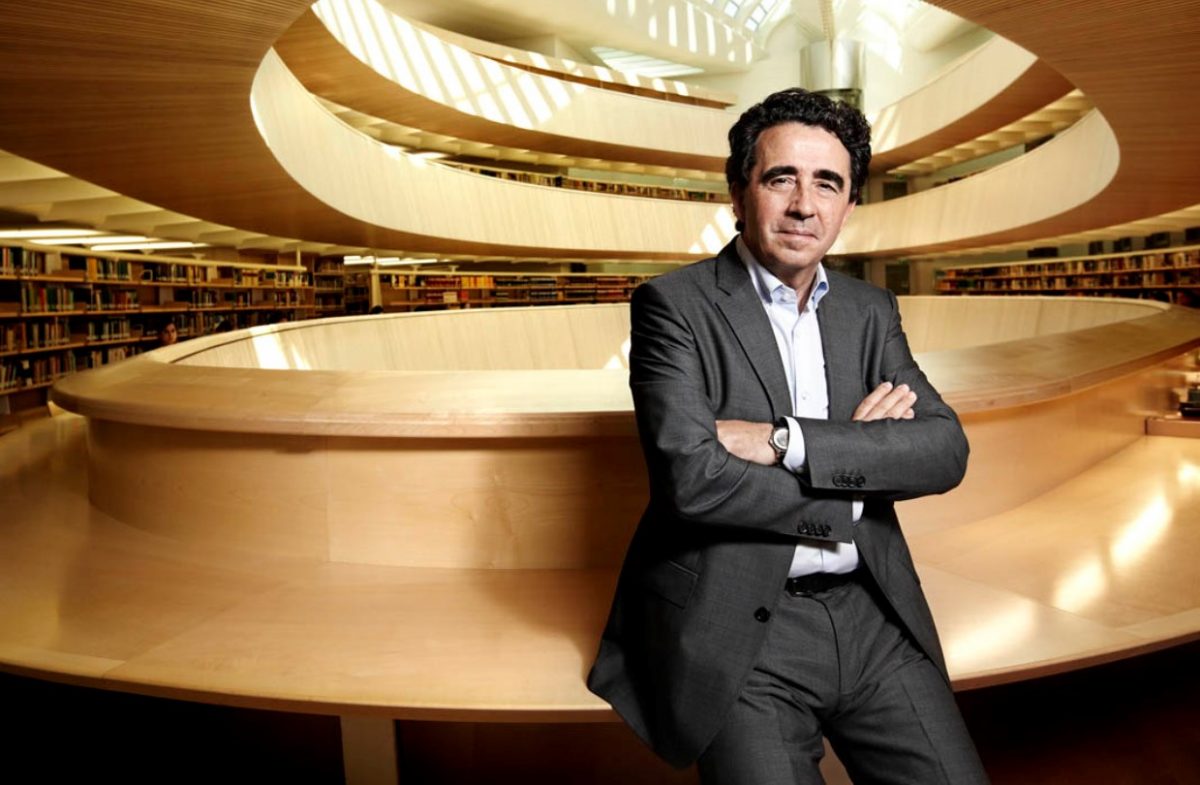
Dual nationality
Santiago Calatrava was born in Valencia in 1951 – by today’s standards, he is not an old man at all, but has just entered a period of creative maturity. And if other arch-stars like Norman Foster, Frank Gehry, or Renzo Piano, who were born before the war, now prefer to rest on their laurels, very rarely take on large-scale projects, Calatrava is full of energy and ambition.
The conversation about Calatrava usually begins with the fact that, he is Spaniard by birth, he was creatively formed in Switzerland. After the School of Arts in Valencia, he went to the prestigious Higher Technical School in Zurich, where he got a degree in engineering. In Switzerland, he began an architectural practice by building water towers, power plants and station hangars, where his architectural office is located. Gradually, Calatrava developed a style and handwriting: it paradoxically combined the Spanish passion and the Swiss calculation.
All Calatrava buildings are designed for external effect – they immediately declare themselves, standing out on the surrounding background. In principle, all modern architecture is an attempt to shout out, to amaze and to surprise. But even against the background of countless skyscrapers and heavy towers, Calatrava stands out as an elegant juggler against the background of weightlifters. This artist-engineer is able to calculate every volume and detail of his buildings with such dexterity that they seem to be devoid of weight and magically floating in the air.
His main focus is on constructions. We immediately see beams, metal arches and hinges. By crude comparison, the Calatrava architecture is similar to a Swiss clock with its carefully adjusted gears. Especially on tourbillons, which can see through the diamond glass expensive mechanism. Therefore, the architecture of Calatrava is so impressive with night light. But the only problem is that the machine doesn’t need a human being.
Post-human age
Significantly, Calatrava’s portfolio contains only one building designed for human life. Its spiral skyscraper Turning Torso is built in the Swedish city of Malmö.
It was built almost five years (inexcusably long). The architect recounted in detail that he was inspired by the twisted body of the discoball. At some architectural competition in Cannes (it has nothing to do with the film festival) «Tors» received the title of «The best residential building in the world». The only problem is that we know almost nothing about the interior design of the skyscraper – and after all, people value housing not so much on the exterior effect as on the interior. In addition, this is the most uncharacteristic construction of Calatrava: the swirling houses are no longer news, they are in every modern capital. In Scandinavia, a 190-metre-high building may be considered an extraordinary phenomenon, but in Dubai it would not have been noticed.
Calatrava’s buildings are more exemplary and glorified, where people come only occasionally and on special occasions. The most famous – three buildings in the City of Arts and Sciences in the native for the architect Valencia (1998).
This complex was built in the most «fat» for the Spanish economy years under the patronage of the royal family. It was important to show the progressiveness of Valencia, rivalling Catalonia. In the end, Calatrava created palaces-attractions, which created many memes and interpretations. To start with, all the buildings were surrounded by water – it was a beautiful move. Water creates a mirror effect, pretending to be part of the architecture. Queen Sophia’s palace of art was immediately compared by critics and fans to a fish that showed its head above the surface of the water. There is no clear facade – either side «plays» in its own way. Even more frankly and metaphorically Hemisferic – the building where the cinema and other multimedia halls are located. The hint at the eye is read immediately. And it doesn’t matter how comfortable all these cultural centres are. They fulfilled their main task – attracting the attention of influencers. Calatrava understood the significance of the hype long before the spread of social networks.
Architecture of the future or well-forgotten old?
Critics and art critics argue: is there really something original and innovative in the works of Senor Calatrava? The question is not idle. For example, at his solo exhibition at the American Museum of Modern Art (MoMA), one of the main exhibits was a model gothic cathedral of the XIII century. During the Middle Ages, a number of elevated arches and buttresses were invented that turned buildings into floating ghosts. In fact, Calatrava replaced mediaeval stones and wooden beams with metal and glass. And here is a new Middle Ages. Hardly anyone will be surprised if our architect creates a decoration for the renewed «Game of Thrones».
But there is another view: many Calatrava buildings resemble skeletons of prehistoric animals, bare bones of fish, buffalo or lizards. And this is seen as a fashion trend, calling the Spaniard’s style an ecological high-tech. He is always open to the world and nature and calls for the soul to merge with organic.
It is not easy to decide which side you are on: it is possible only when you see the Calatrava buildings in reality. No illustration captures their quality.
Bridges of pride and discord
There is one type of structure in which Kalatrava is the perfect pro and star. He is second to none in the construction of bridges. And this is another argument in favour of those critics who claim that our hero is primarily an engineer, not an artist. Although, as we know, one does not contradict the other. Each bridge of Calatrava is not just a technical structure, but a masterpiece of art. For example, the bridge in Jerusalem (2008) immediately received the nickname «Harp of David». It really looks like a harp – the bridge boom holds on to a powerful metal «strings» supporting structure. The architect repeated this technique several times.

What do you think about the Argentine bridge, which dances the tango, turning when it needs to let ships?

If you look at the three bridges of Calatrava in Holland, you can get a sense of déjà vu, they resemble the bridges of Saint Petersburg. So it is:Peter I brought the idea of a new architecture from Holland, and now it and Calatrava have come back.
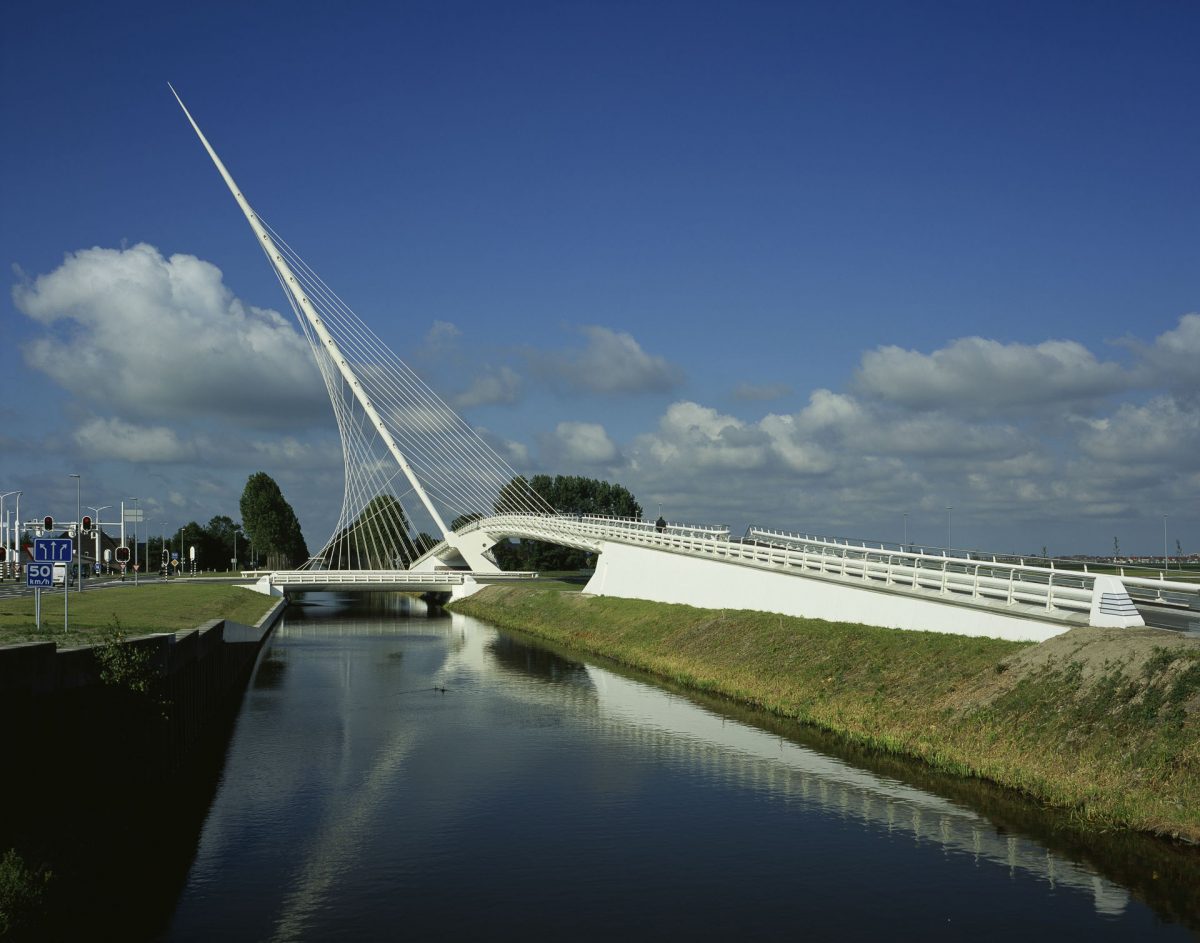
But the bridge of the Constitution, erected by Calatrava in Venice in 2008, caused a loud scandal. The original concept was beautiful. The bridge connected the two main transport hubs of Venice: the bus station and the railway station. Materials are stone and greenish glass, characteristic of the «queen of the seas». In the project and in the photos everything looks perfect. However, the glass cover turned out to be so slippery and dangerous for passengers with suitcases that claims were made to Venice. As a result, in 2021, it was decided to dismantle the bridge.
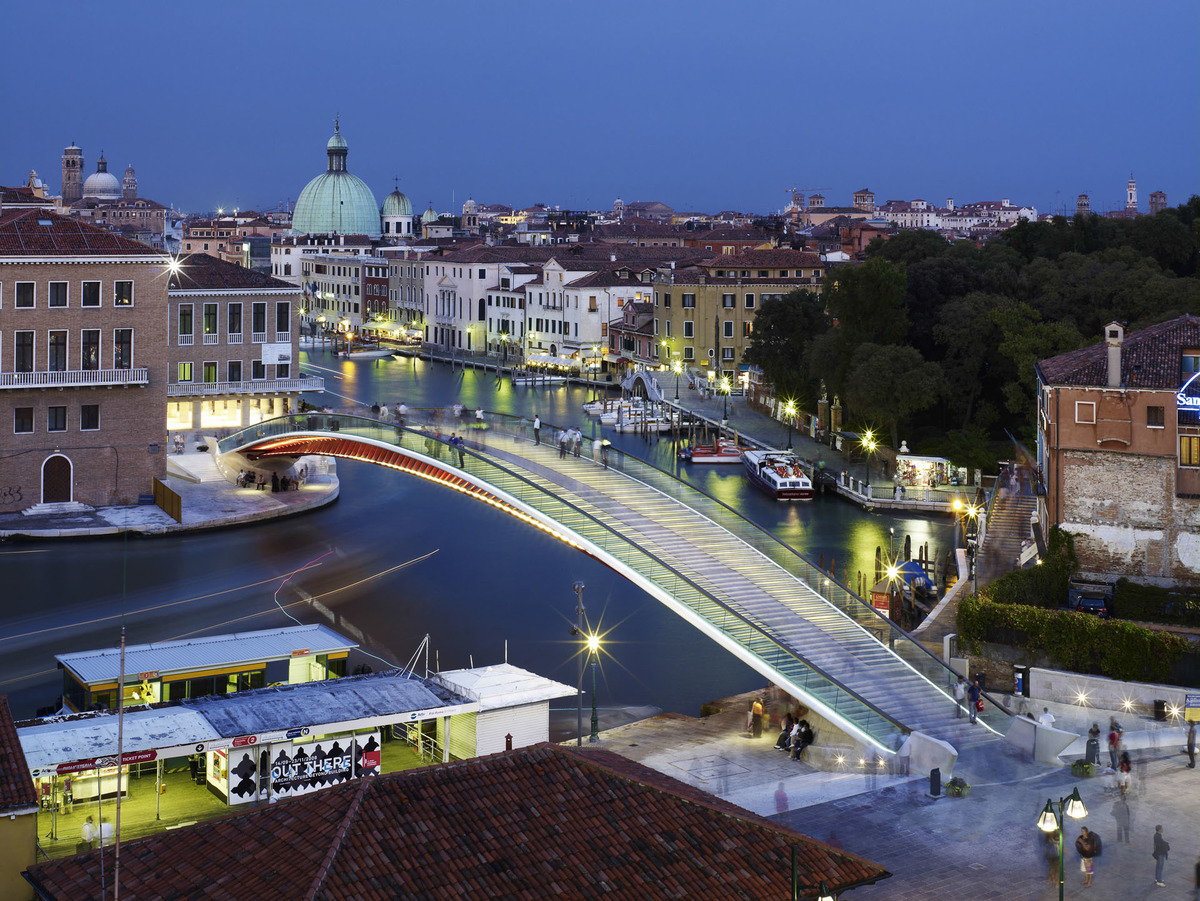
To new records
Calatrava’s major recent projects have been made or are planned in Dubai. This city is the perfect place for him. There is a lot of free space there, and customers are counting on an instant effect. It is no coincidence that the Spanish genius became the main architect of Expo 2020. According to his project, the central pavilion of the Arab Emirates was erected. It resembles a bird (eagle, falcon) that feathers rise or fall depending on the time of day. Many visitors of the exhibition noted with annoyance that the feathers did not work and the whole point of the attraction disappeared.
What happens to the tallest building in the world, we have to find out. But for almost five years, the Arab Emirates has not tired of claiming that it will soon build in Dubai the Creek Tower on the Persian Gulf, which will eclipse Burj Khalifa. It is not clear when this project will be implemented, now on the official site is 2025. And again – Kalatrava.
The five cities that Kalatrava made happy
Lisbon
The railway station «Oriente» in Lisbon (1998) is remarkable for its roof. It is as if borrowed from a gothic cathedral. The supports are similar to the trunks of trees. And all together gives the impression of the second – cosmic – nature.
Dallas
Margaret Hunt Hill Cable-Stayed Bridge across the Trinity River (2012) is one of Calatrava’s most famous structures in the New World. It’s got all his trademark features, checks and balances, pushed to the extreme. Five years later another similar bridge appeared a kilometre from it.
Santa Cruz de Tenerife
The concert and theatre hall on the island of Tenerife was considered by many to be a repetition of the Valencian buildings. But there the roof-sail is more emphasised. Therefore, the building acquired such a poetic and romantic look.
Barcelona
The TV tower for the 1992 Olympics was a genuine masterpiece. Its shape hints at an athlete carrying a lit torch. Visually, it is completely unclear how this whole structure is held by the force of gravity on a mountain and does not intend to fall, and this is the genius of Calatrava.
Valencia
Amazingly, but in order to build in Spain, Santiago Calatrava had to take root in Switzerland. His most ambitious project is the City of Arts and Sciences, it was built only at the end of the twentieth century. The most intense admiration of visitors caused a promenade under huge arches, where among artificial palms and lemon trees installed benches for recreation. Man does not need much: only green, covering in a 40-degree heat.
Photo: shutterstock.com, depositphotos.com, 123rf.com, istockphoto.com, dreamstime.com, calatrava.com, incomartour.com.ua

